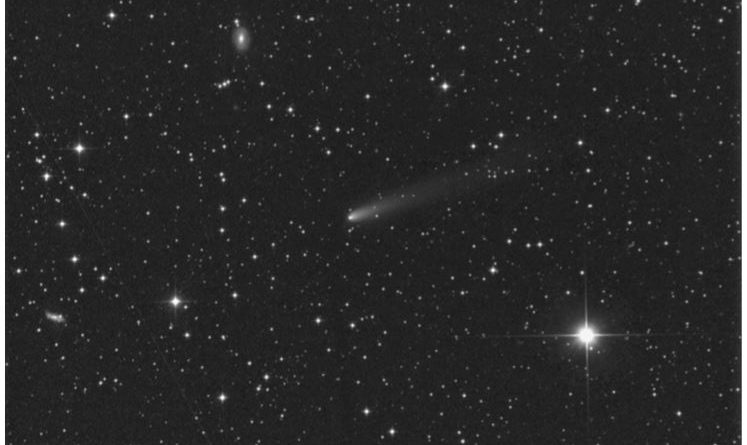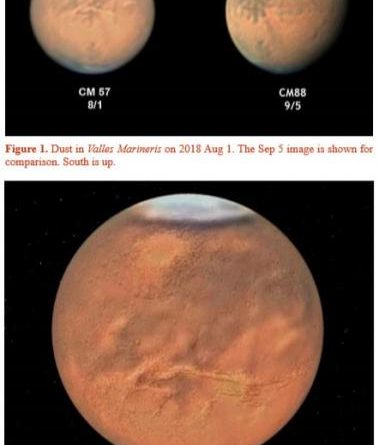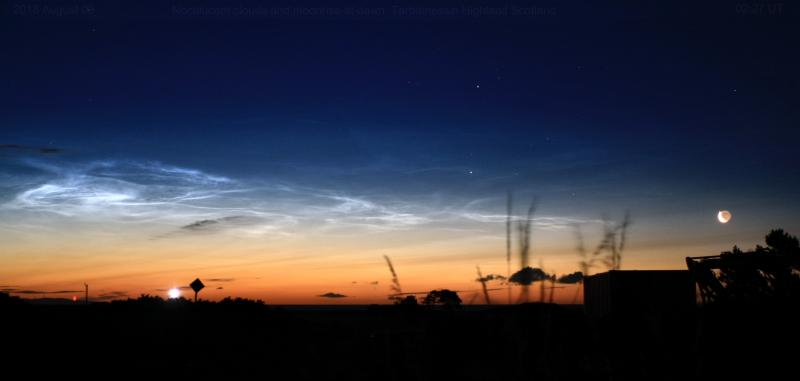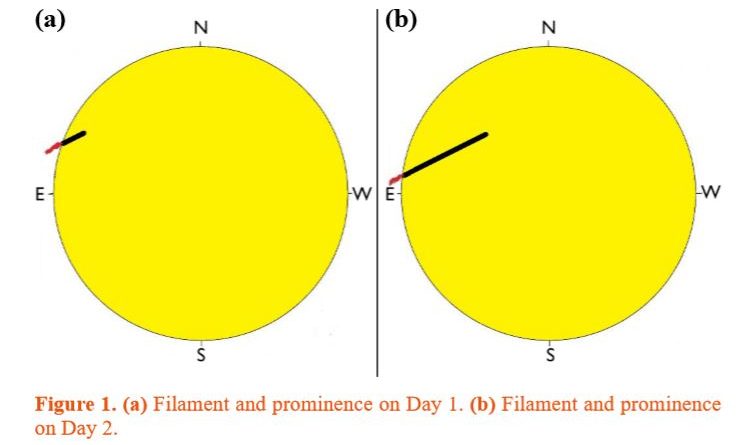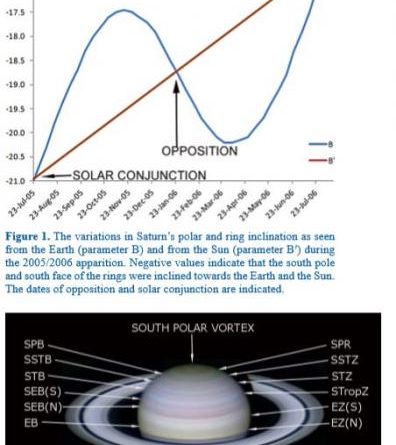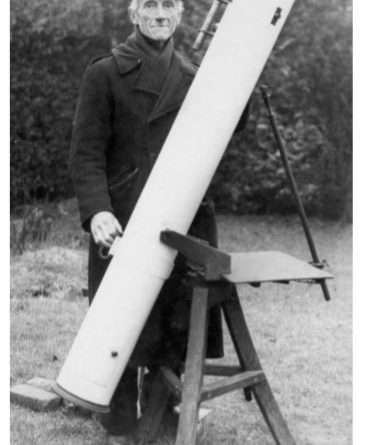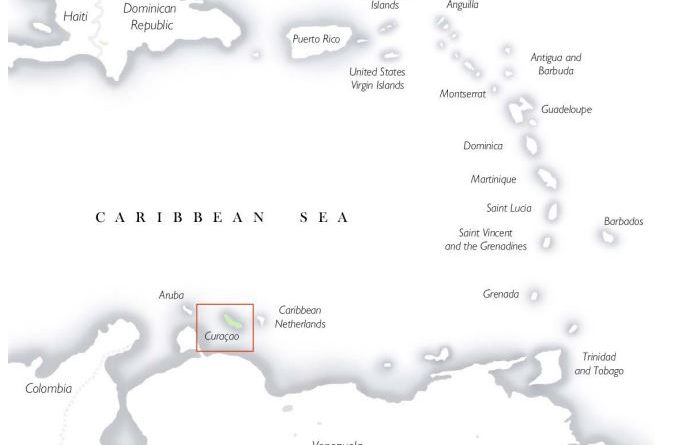The brighter comets of 2016
A report of the Comet Section (Director: N. D. James). In this report, observations of the brighter or more interesting comets at perihelion during 2016 are described and analysed, concentrating on those visually observed. Magnitude parameters are given for all comets with observations. Any evolution in the magnitude parameters of those periodic comets with multiple returns is discussed. Additional information on the comets discussed here, and on other comets seen or at perihelion during the year, may be found on the Section’s visual observations web pages.
Read more
